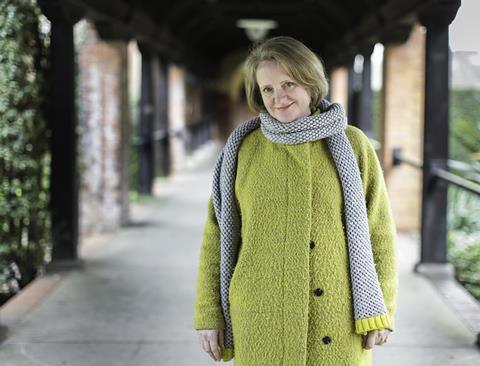The new Social Value Toolkit should arm you with practical support, writes Flora Samuel

The need for a pragmatic tool to demonstrate social value was felt to be urgent, particularly by those responsible for developing project bids who were regularly confronted with questions about it.
The Social Value Toolkit for Architecture (SVT), published just recently by the RIBA, is the result of a task and finish group conceived by the Research Practice Leads, an interdisciplinary group of built environment professionals who lead on research within architectural practice. One of the aims of the SVT is to prompt the inclusion of questions on the social value of design in bids.
The development of the SVT began with a small symposium at the offices of HTA Design in the summer of 2018 at which a series of invited speakers – Graham Randles (then at the New Economics Foundation), Jennifer Thomas (MHCLG), Kelly Watson (then at Arup) – presented the latest industry knowledge in this area. This group then joined the working group on the development of the tool.
The first step was to develop a matrix of high-level wellbeing outcomes reported across a range of grey literature, for example the excellent review of reviews Waterways and Wellbeing). Significant commonality was identified across the outcomes, separated only by the use of terminology. A selection of high-level outcomes was developed for the SVT based on this review. These have morphed and been reordered through further testing as the project progressed:

1. Positive emotions
2. Connecting
3. Freedom and flexibility
With additional questions relating to 4. Participation, where relevant.
The next step was to develop questions to underpin each headline outcome. This was done not only by the working group but in separate consultations with small practitioners at the RIBA Guerilla Tactics conference 2018 and in a workshop with MArch students working on social value with Mhairi McVicar at the Welsh School of Architecture. Again, there was an extraordinary level of consensus across these three diverse constituencies.
A set of underpinning questions was developed that was then piloted across five practices (Assael Architecture, BDP, Collective Works, HTA Design) in very different circumstances (observation, focus groups, surveys, interviews, public consultations). A range of other practices were consulted but some had difficulty securing permission to undertake the survey within the timeframe.
The pilot phase was useful in particular for identifying redundant questions and unintelligible language. Questions that had been included on energy and cost of maintenance felt irrelevant to tenants within social housing. It became apparent that there was no point in asking questions with easily quantifiable outcomes covered already by existing post-occupancy evaluation (POE) systems.
One practice had used the questionnaire with the headmistress of a school who found that the questions allowed her to talk about things she had not felt were part of discussions of architecture. The pilot group agreed that a library of POE questions should be developed, subdivided by sector and also by scale.
>> Watch: The role of architects in designing social value, a Building Design webinar with Flora Samuel
In parallel to this process Kelly Watson and Graham Randles undertook an exercise in identifying existing financial proxies that could be used to monetise the desired outcomes of the SVT. It is possible to commission new financial proxies which are built on existing data sets such as the Household Panel Survey but this can be a lengthy and expensive process. They identified a series of clear and tested financial proxies which are set out in the report.
When the findings of the two strands came together is was agreed that the set of questions linked to financial proxies should be used as an SROI-based tool (social return on investment) that can clip on to other POE systems and that the other questions (without immediate monetisation opportunities) should be included in the SVT as a library of questions for practices to prompt qualitative responses as needed. Hence the two parts to the toolkit.
It is hoped that the SVT will provide a practical tool for concrete discussions about the value of architectural design with non-architects and will contribute to the development of a range of digital tools. It is for example being used as a starting point for an Innovate UK-funded Knowledge Transfer Partnership with Stantec on building social value into decision-making about land.
















No comments yet